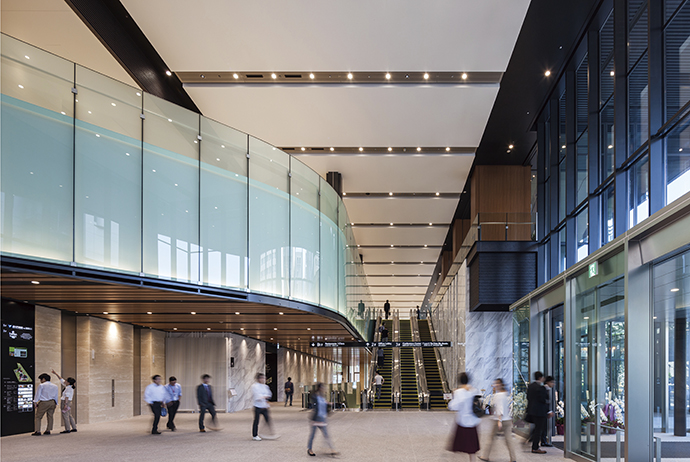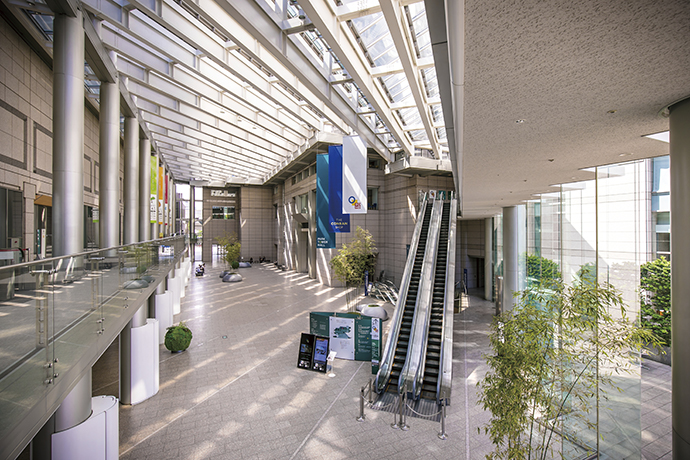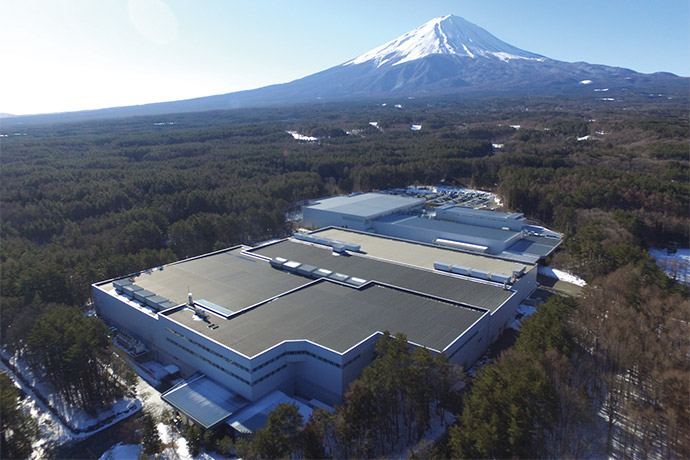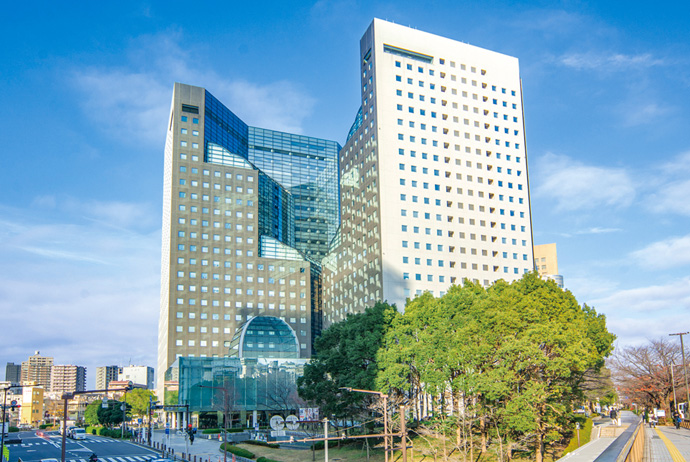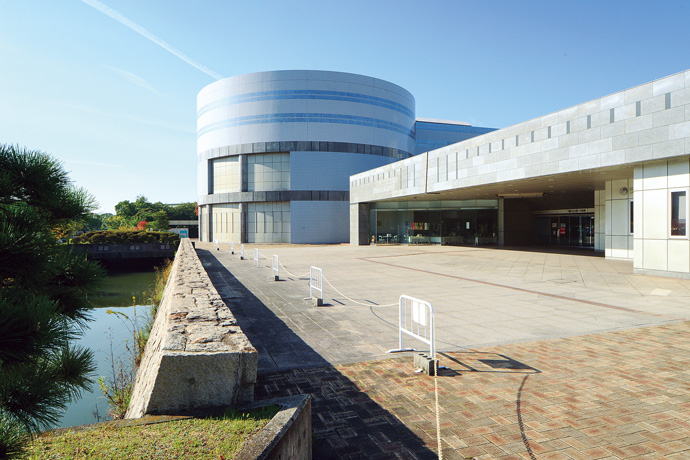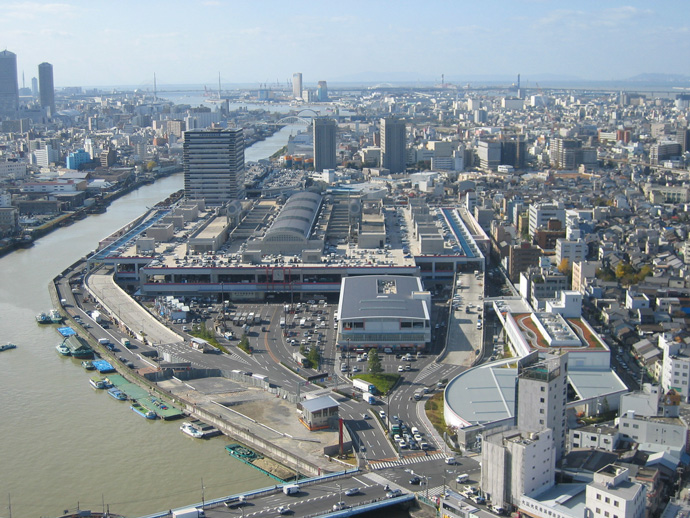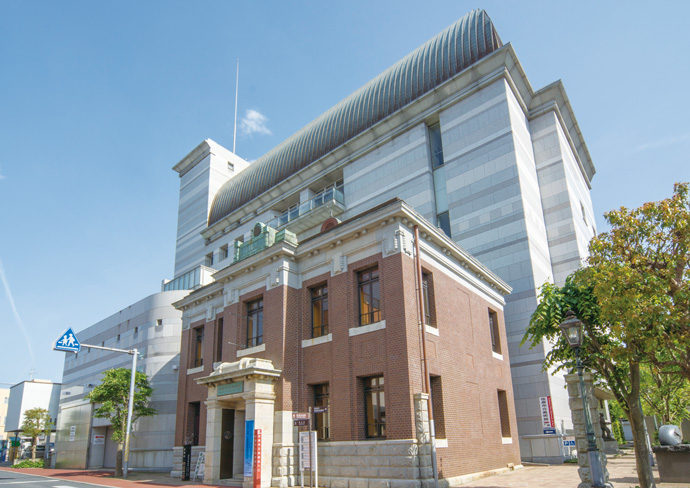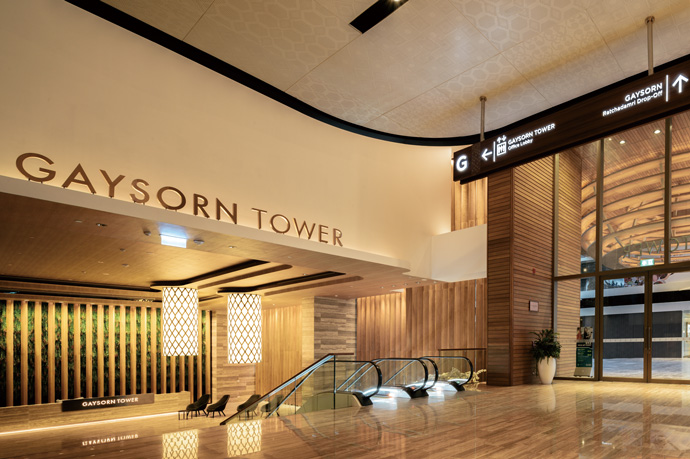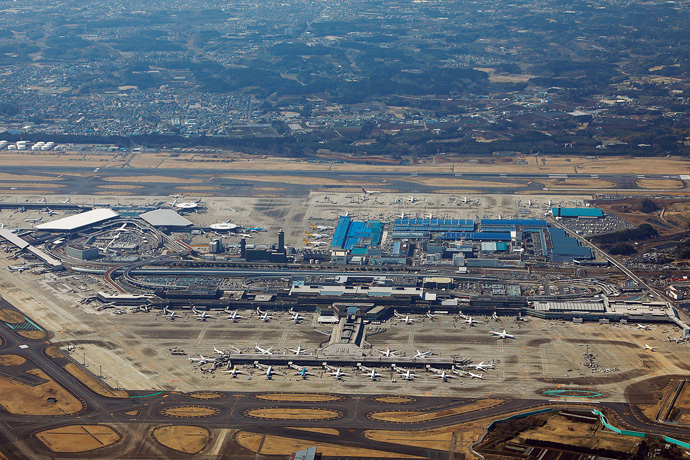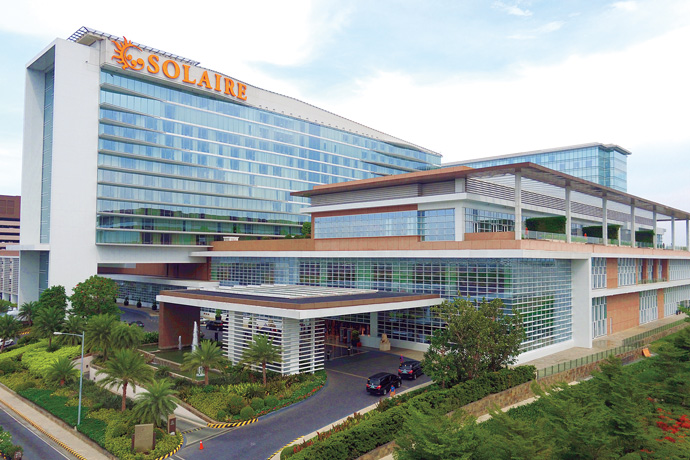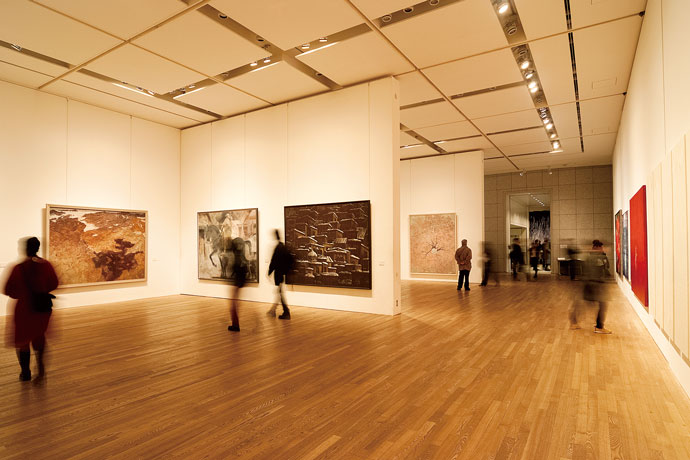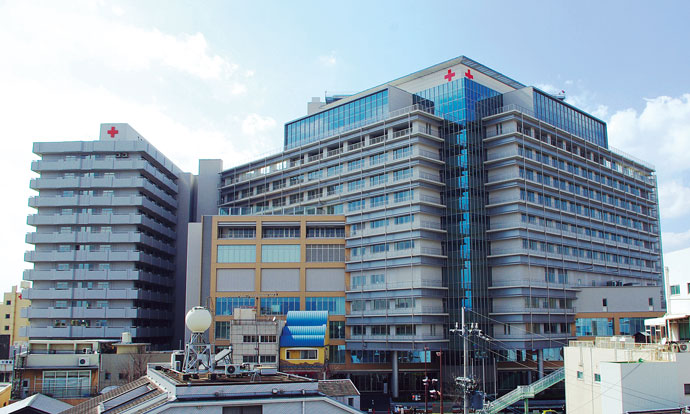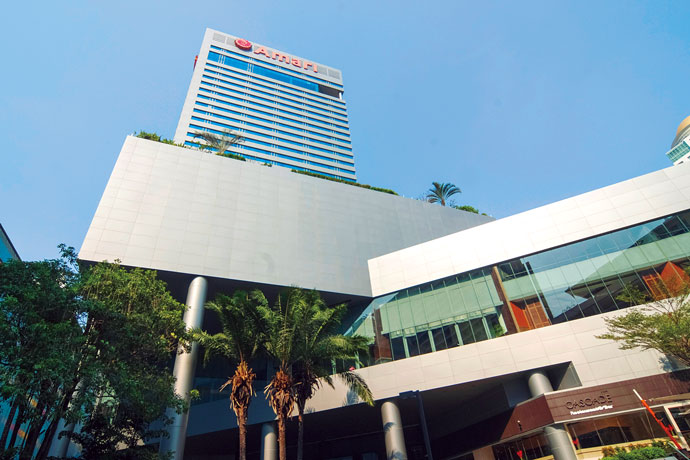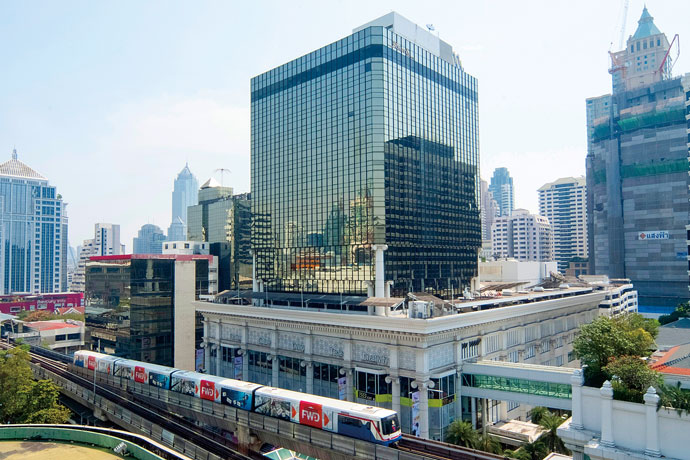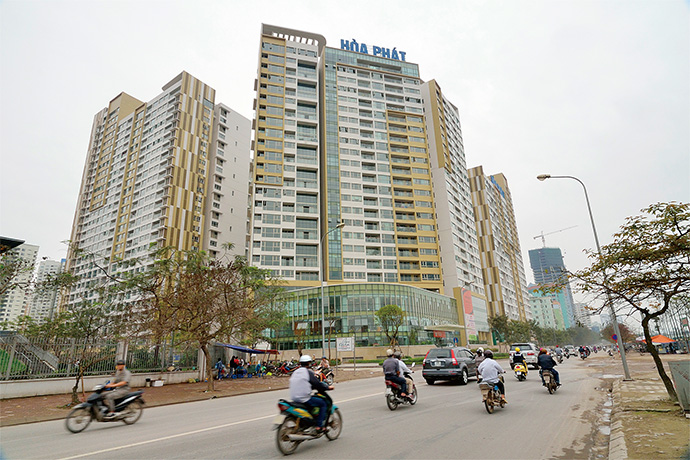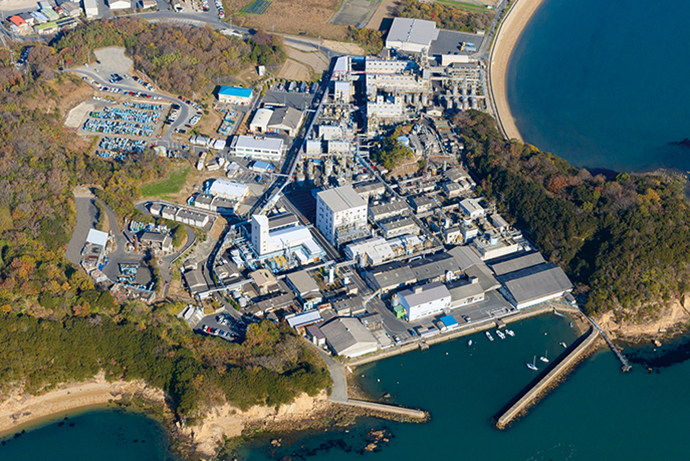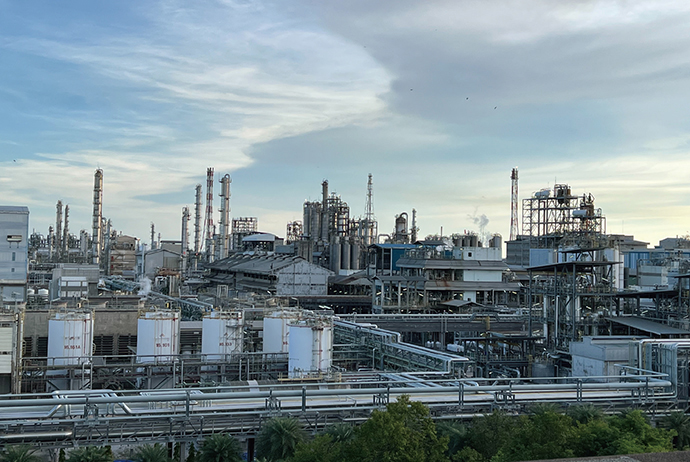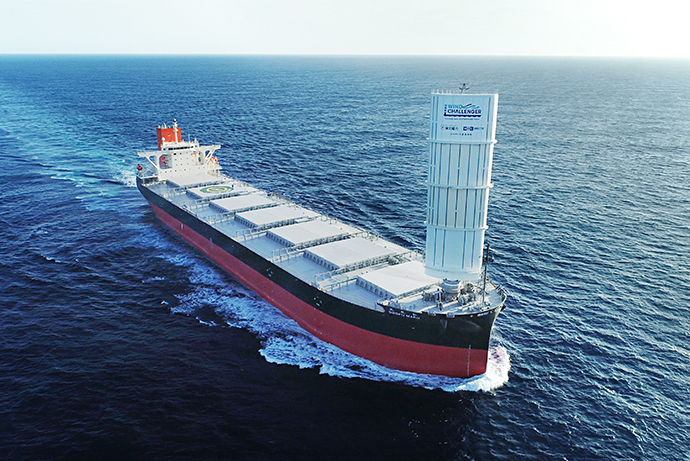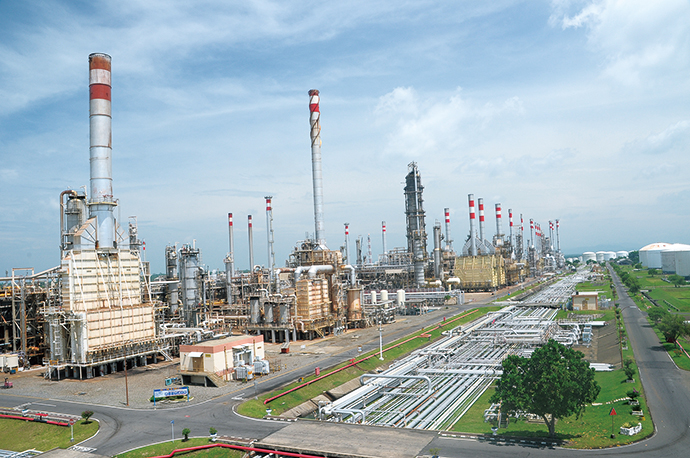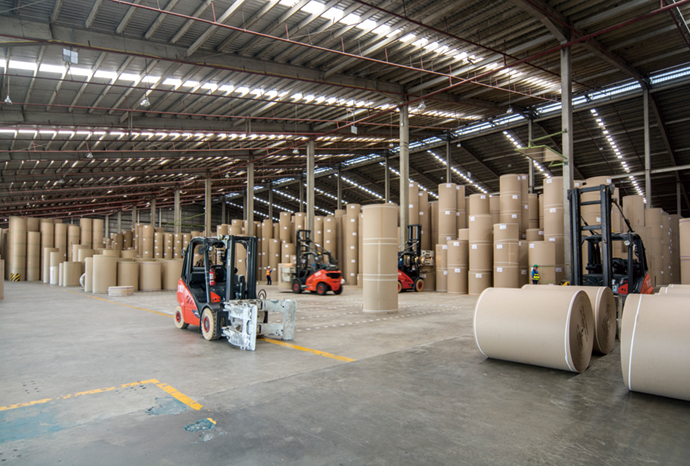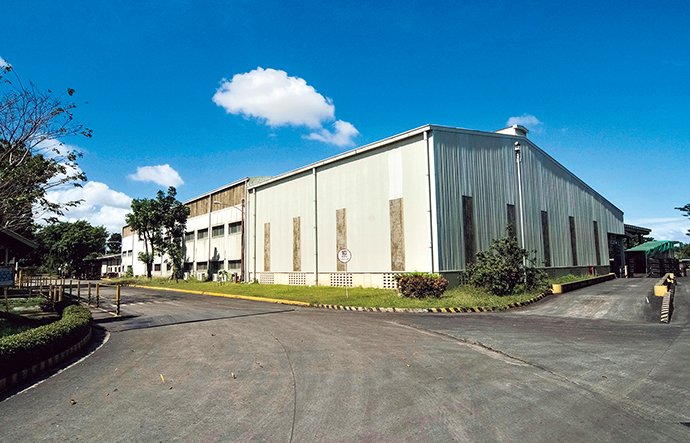JR Kumamoto Station Building
The JR Kumamoto Station Building is a symbol of the redevelopment project that is underway in the surrounding area. When construction was completed, an air conditioning control system linked to a state-of-the-art building monitoring system was installed. By making it possible to flexibly set the operating schedule, temperature, etc., for the air conditioning equipment, the system provides air conditioning that is right for a given situation, ensuring a comfortable environment inside the building while saving energy.
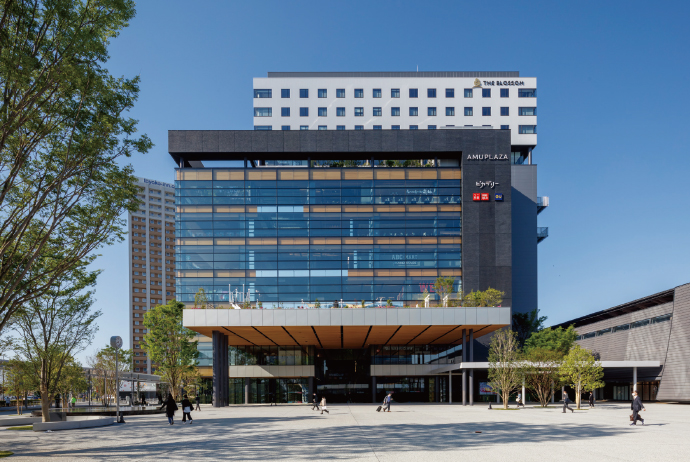
Building Solutions Hotels Shopping Centers Building Complexes Comfort Energy Efficiency Building Management Systems
Products/Services Provided
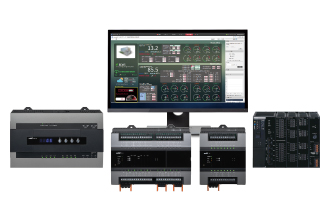
Symbolizing an area redevelopment project aiming to create a bustling atmosphere
Kumamoto Prefecture is in Kyushu, the southernmost of Japan’s four main islands. JR Kumamoto Station can be said to be the gateway to the country. The station is a stop for the Kyushu Shinkansen (bullet train), which began operation in March 2011, as well as the terminal station for conventional train lines such as the Kagoshima and Hohi main lines, on which many people come and go.
“With the opening of the entire Kyushu Shinkansen line, JR Kyushu has embarked on a redevelopment project around the station, including the raising of conventional rail lines and the development of plots of land,” explains Tomohiko Furukawa, manager of the Facility Operation Department for the JR Kumamoto City Co. “Along with the opening of the new station itself in 2019 and the expansion of the station plaza, the JR Kumamoto Station Building, which opened in April 2021, has become a major highlight of the redevelopment.”
The high-rise building, which has one basement floor and 12 floors above ground, houses the large-scale Amu Plaza Kumamoto commercial facility and a hotel called The Blossom Kumamoto. The most eye-catching feature of the building is the indoor Bōken no Mori (“Adventure Garden”), a multistory garden extending from the 1st to the 7th floors in the atrium next to the entrance. In this garden, which is bathed in gentle natural light, dozens of species of plants surround a waterfall that descends from a height of up to 10 meters, creating a space with water and greenery reminiscent of the rich nature of Kumamoto.
Azbil Corporation’s latest building management system, savic-net™G5, provides the air conditioning control for the JR Kumamoto Station Building, a symbol of the redevelopment project for the area.
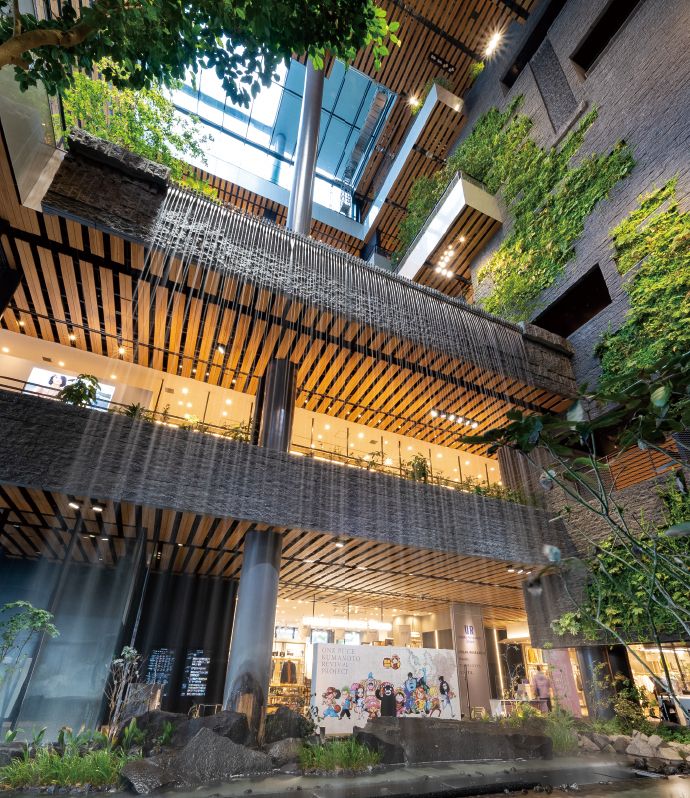
“Bōken no Mori,” a multistory indoor garden next to the building entrance. In the atrium, which extends from the 1st to the 7th floor and contains a waterfall, control of the air conditioning is quite difficult. Adjustments continue to be made to ensure comfortable temperature and humidity around the garden.
The requirement: situation-sensitive adjustment of the operating schedule, temperature, etc.
From around the fall of 2019, after the construction of the JR Kumamoto Station Building began, the equipment subcommittee organized by related companies held regular meetings two to four times a month with the people involved at the site to discuss air-conditioning control and operational design.
Representatives of the JR Kumamoto Station Building requested that, in the operation of air-conditioning and heat source equipment, rather than relying on automatic control for various settings such as the operating schedule and temperature, they would like to handle it flexibly themselves to achieve both comfort and energy savings.
“For example,” says Mr. Furukawa, “instead of using the standard method of automatically executing a program to control power demand, we set three thresholds for the current power consumption in relation to the contracted power, and in each step signals are output to change the operating rate of the chillers for the air conditioning. Also, by using a schedule function that can set on/off up to 16 times, we set the temperature precisely depending on the business hours and floor conditions, and adjust the operation of the air conditioners, etc., flexibly.”
Providing control and settings for achieving both comfort and energy conservation
The JR Kumamoto Station Building was completed at the end of March 2021. By late April, all tenants, including Amu Plaza Kumamoto and the hotel on the upper floors, opened fully for business. In the half a year or so since then, a variety of good results have been obtained from the use of the air conditioning control system. For example, in the area of power demand control, in addition to adjusting the operating rate of the chiller to 60% or 80% and issuing three levels of alert, and adjusting the temperature using the schedule function, it was possible, as a result of intermittent operation of the air conditioning and other measures, to hold demand below the contracted amount of power during the summer months from July to September for the first time ever, while also keeping customers comfortable.
In addition, at the JR Kumamoto Station Building, various measures are being developed to control the air conditioning according to the characteristics of the facilities in the building. For example, the structure of the multistory garden in the atrium next to the entrance makes it difficult to control the temperature, and the indoor waterfall makes it difficult to control the humidity. For this purpose, a display screen was made on which the temperature and humidity of each floor of the atrium can be monitored, and multiple air conditioning operating modes were provided, such as Forced Ventilation, Natural Ventilation, and Business Hours, and other steps were taken such as venting the heat that accumulates on the upper floors. In addition, the operating rate of the kitchen exhaust fans in each of the three restaurants is controlled by variable speed drives according to each restaurant’s business hours, and the air volume of the outdoor air conditioner is reduced in linkage with that. This wide variety of initiatives makes it possible to successfully conserve energy.
Also, the usability of savic-net G5’s monitoring screen has been rated highly. “As with general PC spreadsheet software, it is possible to select multiple items from the displayed list of devices at the same time and set the schedule and temperature for all of them at once, or copy the settings of a group of devices and paste them to another group of devices,” says Hiroshi Fujimoto of JR Kyushu Engineering. “We can operate it intuitively and it is very easy to use.”
“Also,” says Kouichi Yajima of JR Kyushu Engineering, “when there was something about how to operate savic-net G5 that I didn’t understand, Azbil’s onsite staff was very helpful.” At JR Kumamoto Station Building, efforts continue to improve the air conditioning control capabilities and achieve an even higher level of both comfort and energy savings. In the future, the staff plans to actively utilize the equipment operating data that is collected by savic-net G5.
“JR Kyushu plans to open a new JR Nagasaki Station Building in the spring of 2023 in conjunction with the opening of the Nishikyushu Shinkansen scheduled for the autumn of 2022,” says Mr.Furukawa, “and further renovations of the air-conditioning systems of other major station buildings are planned. We continue to have high expectations from Azbil.”
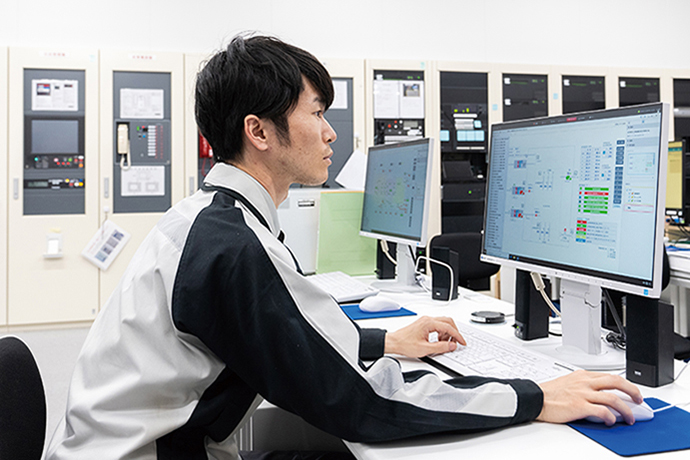
A savic-net G5 monitoring screen in the central monitoring room.
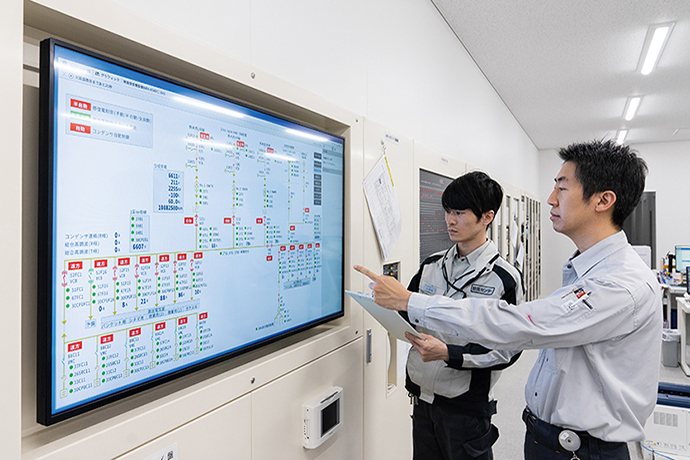
Checking the power outage contingency plan on a large savic-net G5 monitor that displays a summary diagram for incoming power.
Learn about the customer
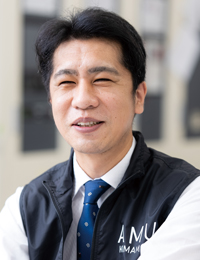
Manager
Facility Operation Department
JR Kumamoto City Co., Ltd.
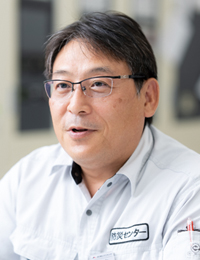
Chief Engineer
Kumamoto Building
Management Office
Kumamoto Machinery Office
JR Kyushu Engineering Co., Ltd.

Chief Engineer
Kumamoto Building
Management Office
Kumamoto Machinery Office
JR Kyushu Engineering Co., Ltd.
JR Kumamoto Station Building
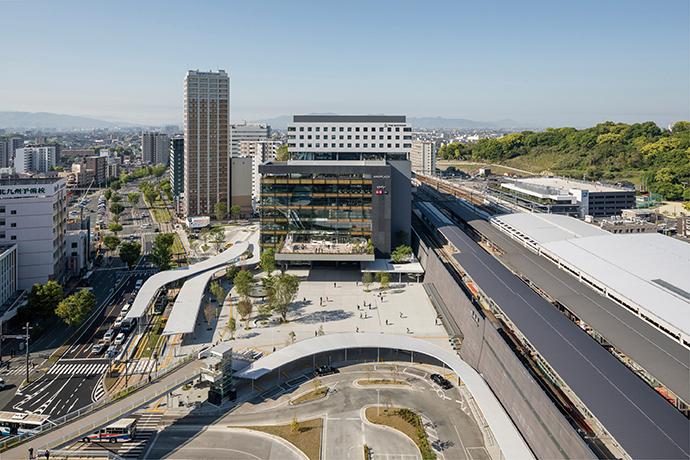
JR Kumamoto Station Building
- Location: 3-15-26 Kasuga, Nishi Ward, Kumamoto City, Kumamoto Prefecture
- Completion: March 31, 2021
- Overview: 1 basement floor,12 floors above ground, 59.561 m high,190,000 m2 site,110,050 m2 total floor area
This article was published in January 2023.

